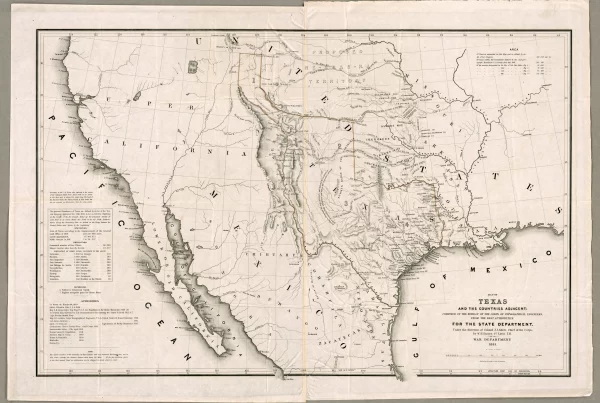The State Demographer of Texas provides official demographic data, forecasts, and analysis used in legislative redistricting, long-range infrastructure planning, and public policy development. The office plays a critical role in tracking population growth, migration patterns, and age distributions across Texas. Housed within the Texas Demographic Center, it serves both executive and legislative agencies as a nonpartisan source of population data and projections.
Authority and Responsibilities
Although not created by the Texas Constitution, the role is codified in state statute and operates under the direction of the Texas Legislative Council. The State Demographer is responsible for:
- Producing annual population estimates and long-range projections by age, race, and region.
- Supporting the Legislative Redistricting Board and legislative committees with demographic data during redistricting cycles.
- Providing data and analysis to support regional planning for water infrastructure, transportation, housing, and public health systems.
- Interpreting U.S. Census Bureau data in the Texas context and preparing supplemental reports on demographic change.
The Texas Demographic Center publishes technical briefs, maps, presentations, and interactive tools to help decision-makers and the public understand shifts in population dynamics.
Appointment Process
The State Demographer is appointed by the Texas Legislative Council, a statutory body that provides legal and research support to the Legislature. The appointee is typically a senior researcher or academic with expertise in demography, sociology, or applied statistics. There is no fixed term, and the officeholder serves at the discretion of the council.
The demographer is supported by staff within the Texas Demographic Center, which is located at The University of Texas at San Antonio through an interagency agreement.7
Institutional Role
The demographer’s work informs a wide range of state functions, including:
- Redistricting and election planning
- Water supply and infrastructure planning
- School finance and education policy
- Disaster preparedness and public health
The office also collaborates with state agencies, regional councils of government, and academic institutions to ensure data accuracy and consistency in statewide planning efforts.
Public Impact and Relevance
Texas has been among the fastest-growing states in the U.S. for over two decades. Accurate and timely population data is essential for fair representation, efficient budgeting, and long-term investment decisions. The State Demographer provides population insights that shape everything from legislative district boundaries to school bond projections and Medicaid enrollment forecasting.
The office’s reports are frequently cited by lawmakers, journalists, researchers, and local governments seeking to understand demographic trends affecting housing, transportation, aging, and economic development.
Historical Notes
The position of State Demographer was formally established in 2001 to centralize the state’s demographic forecasting efforts and improve the quality of population data available to policymakers. Prior to this, various agencies relied on federal census data or commissioned outside estimates.
Since its creation, the office has played an increasingly prominent role in redistricting cycles, school funding debates, and infrastructure investment plans, especially in response to sustained urban and suburban population growth. As demographic shifts continue to shape Texas politics and policy, the State Demographer remains an essential resource for evidence-based planning.




